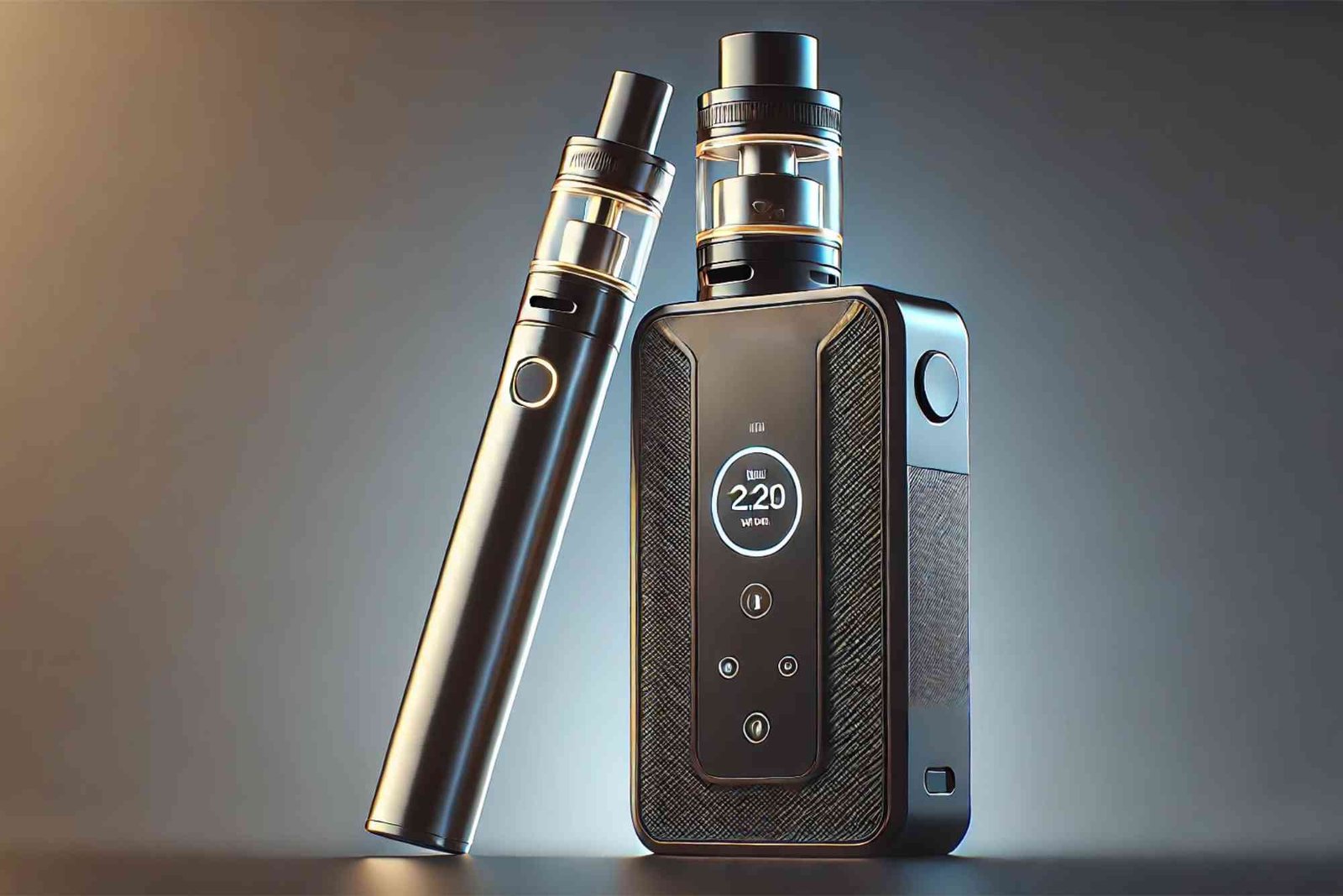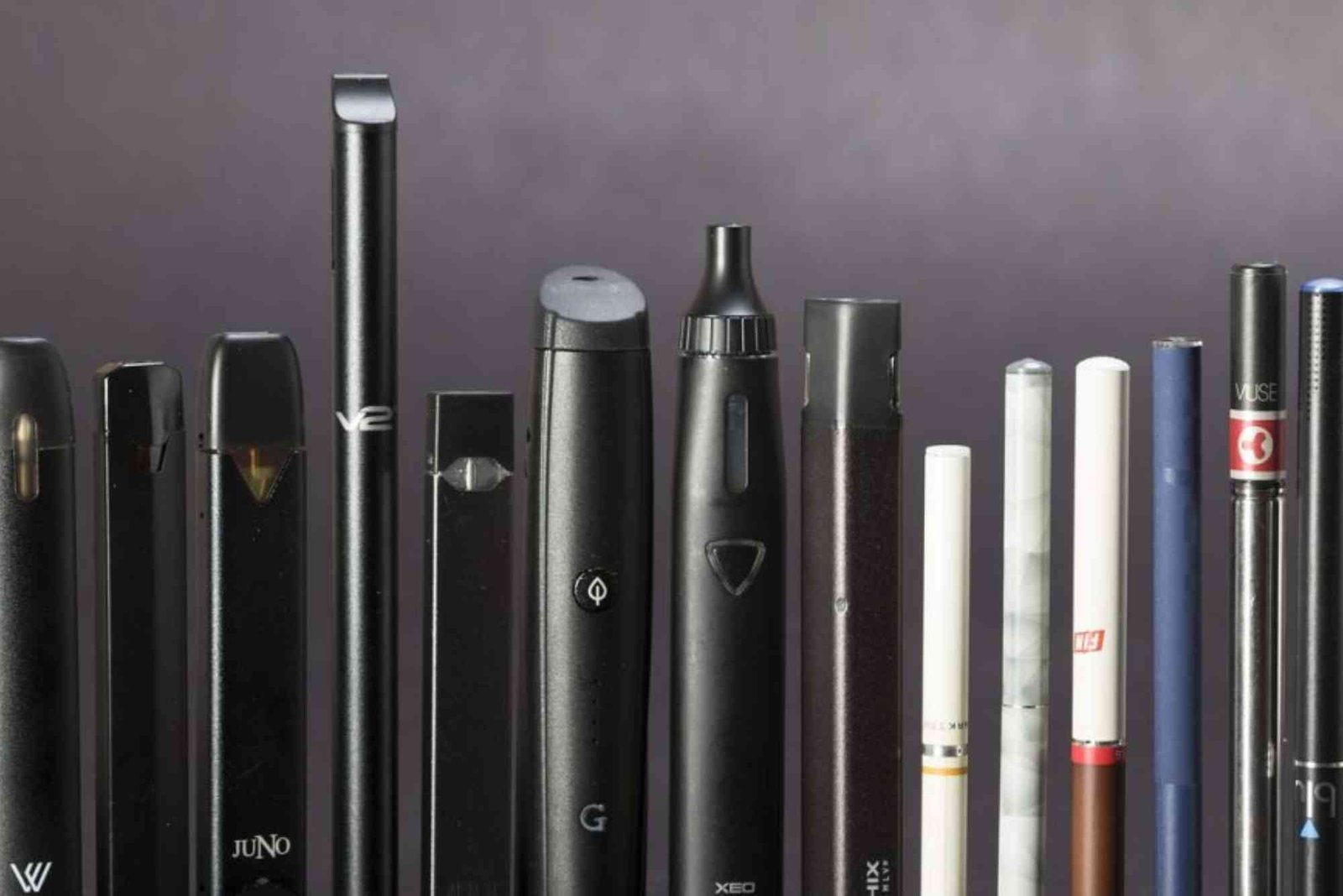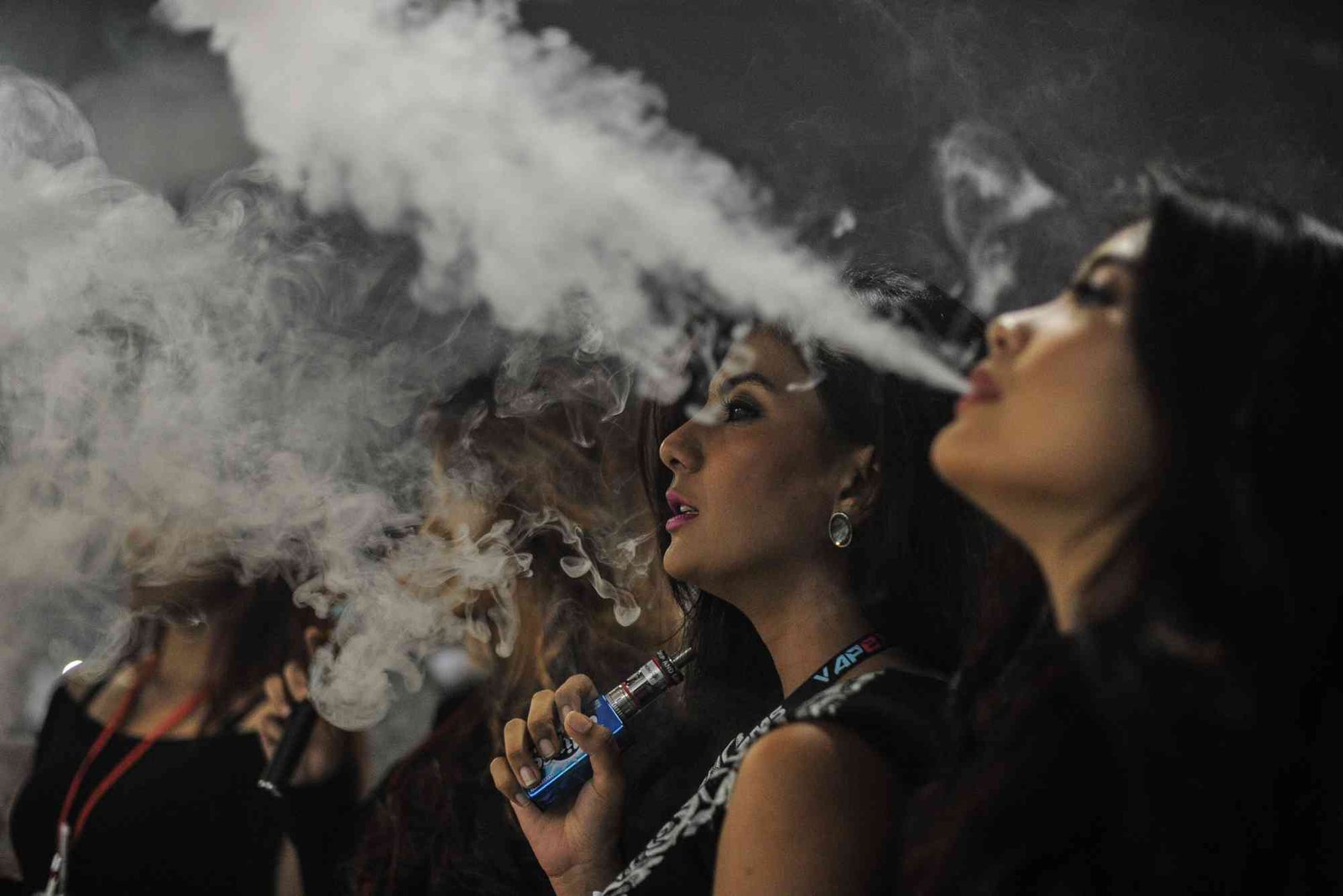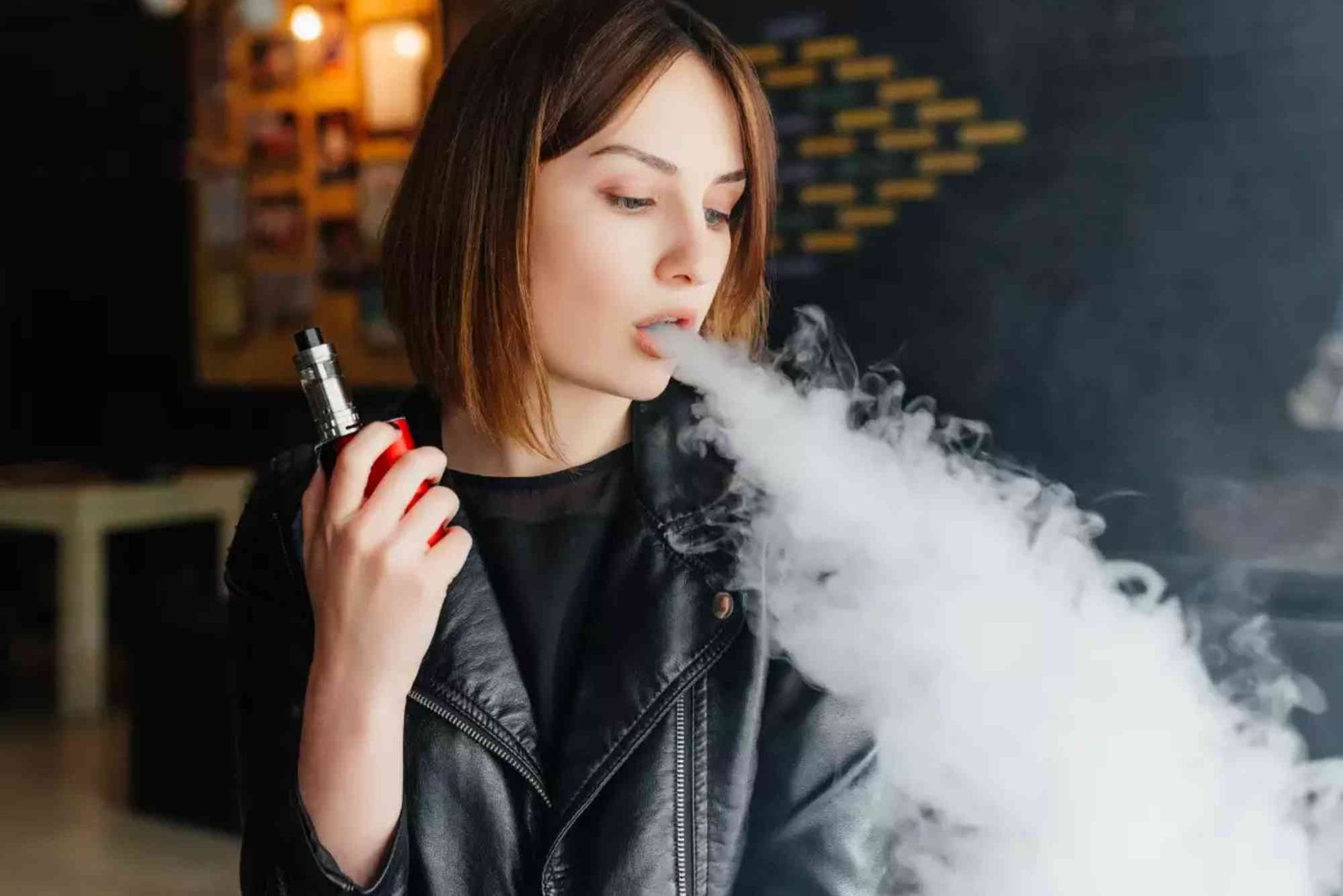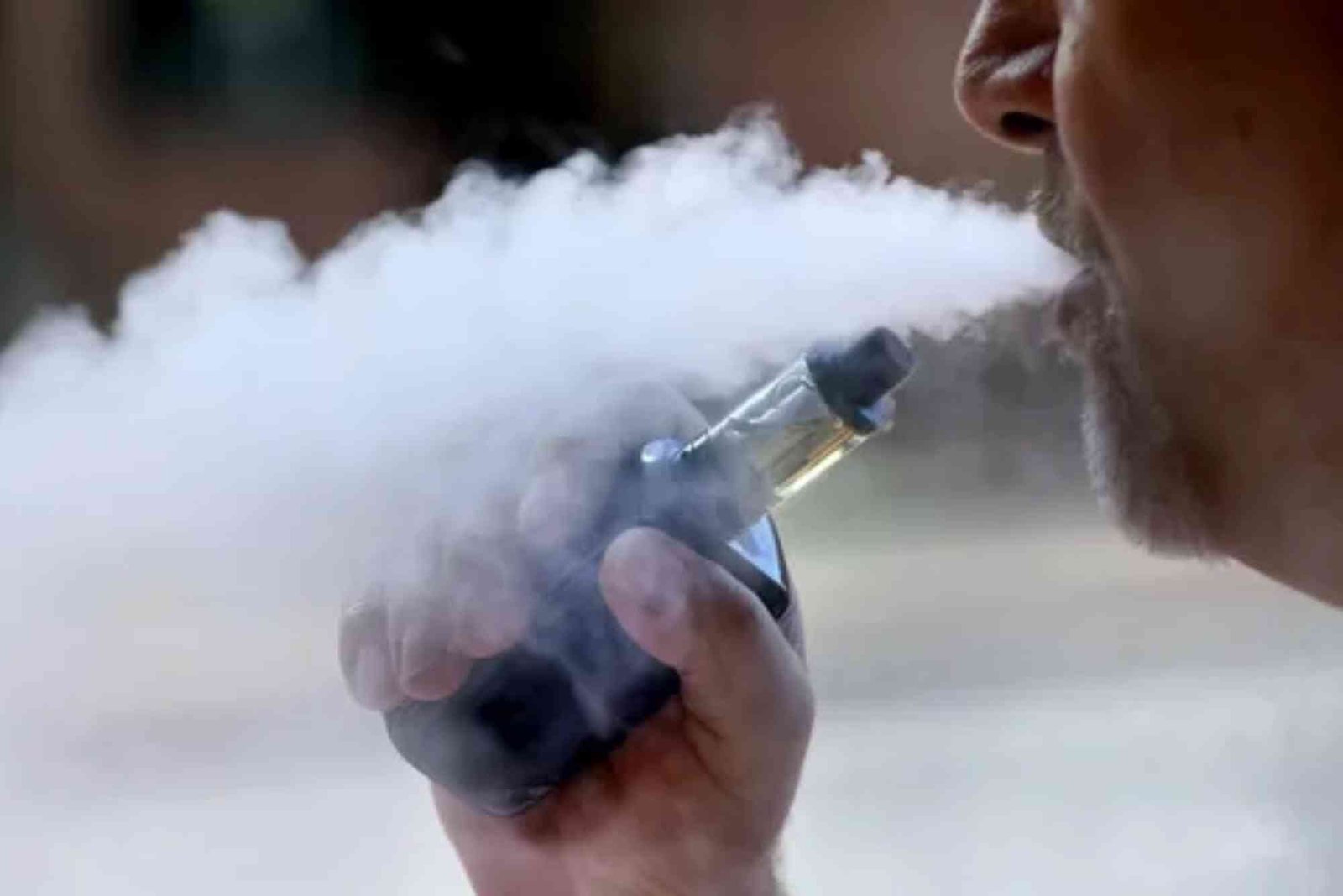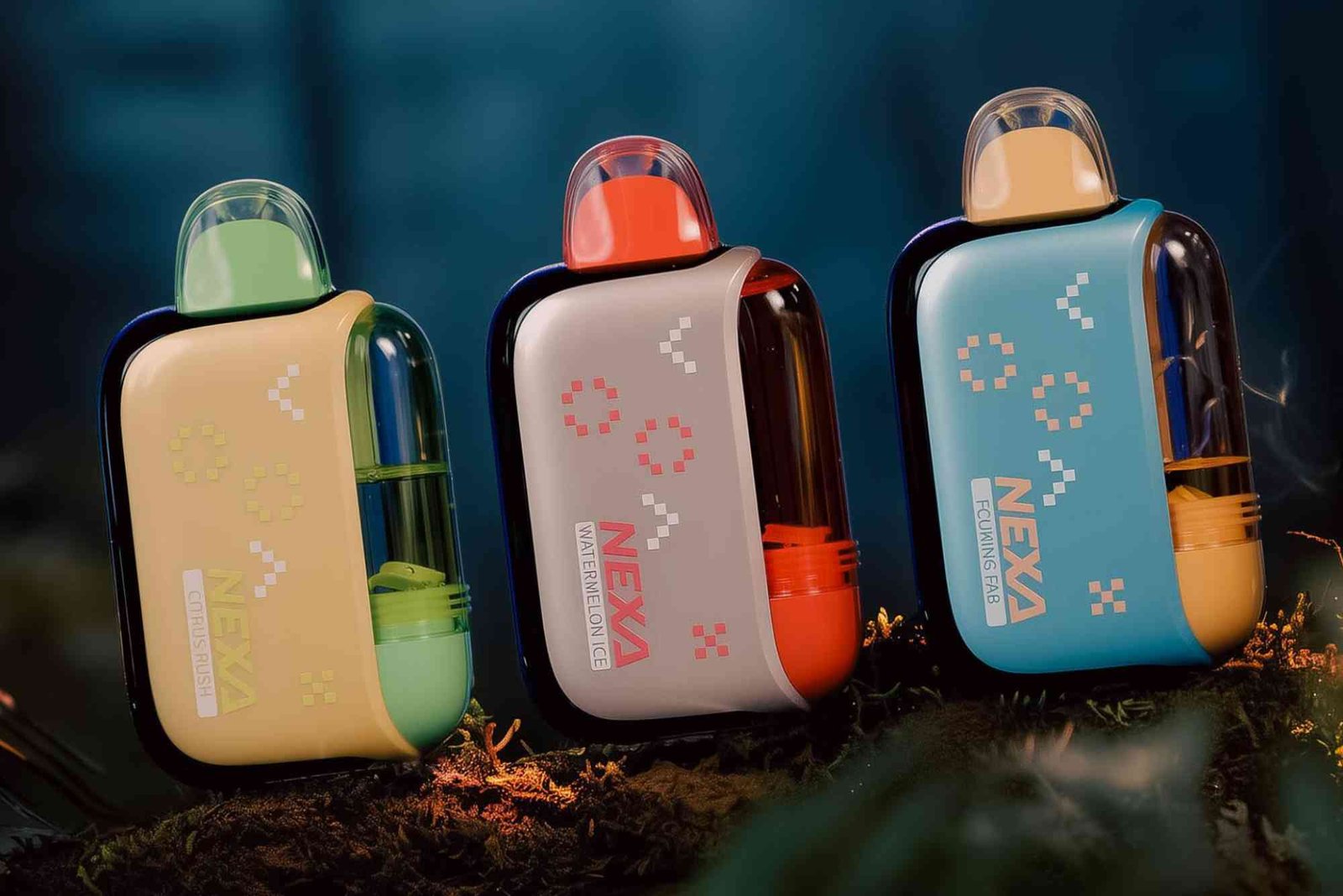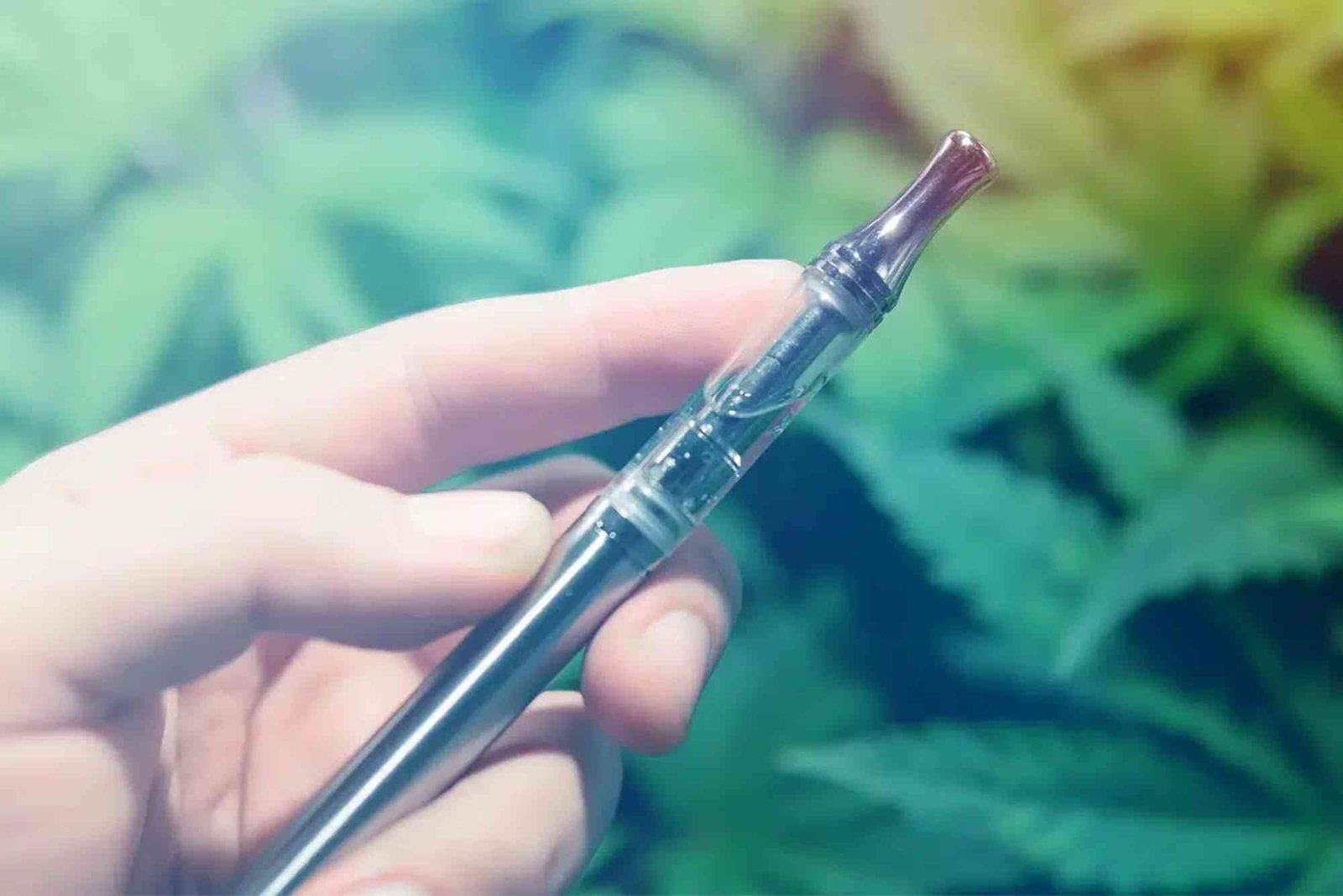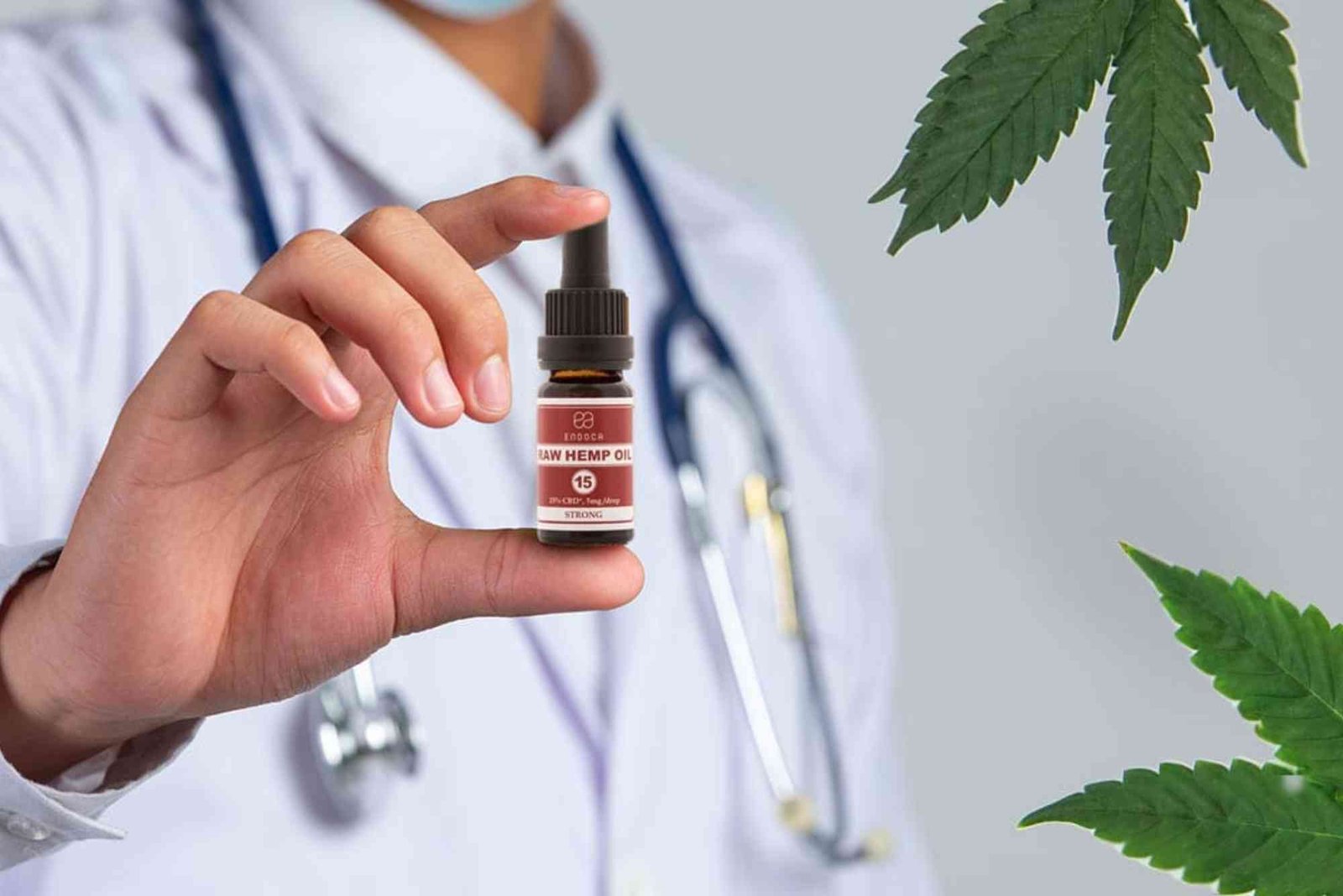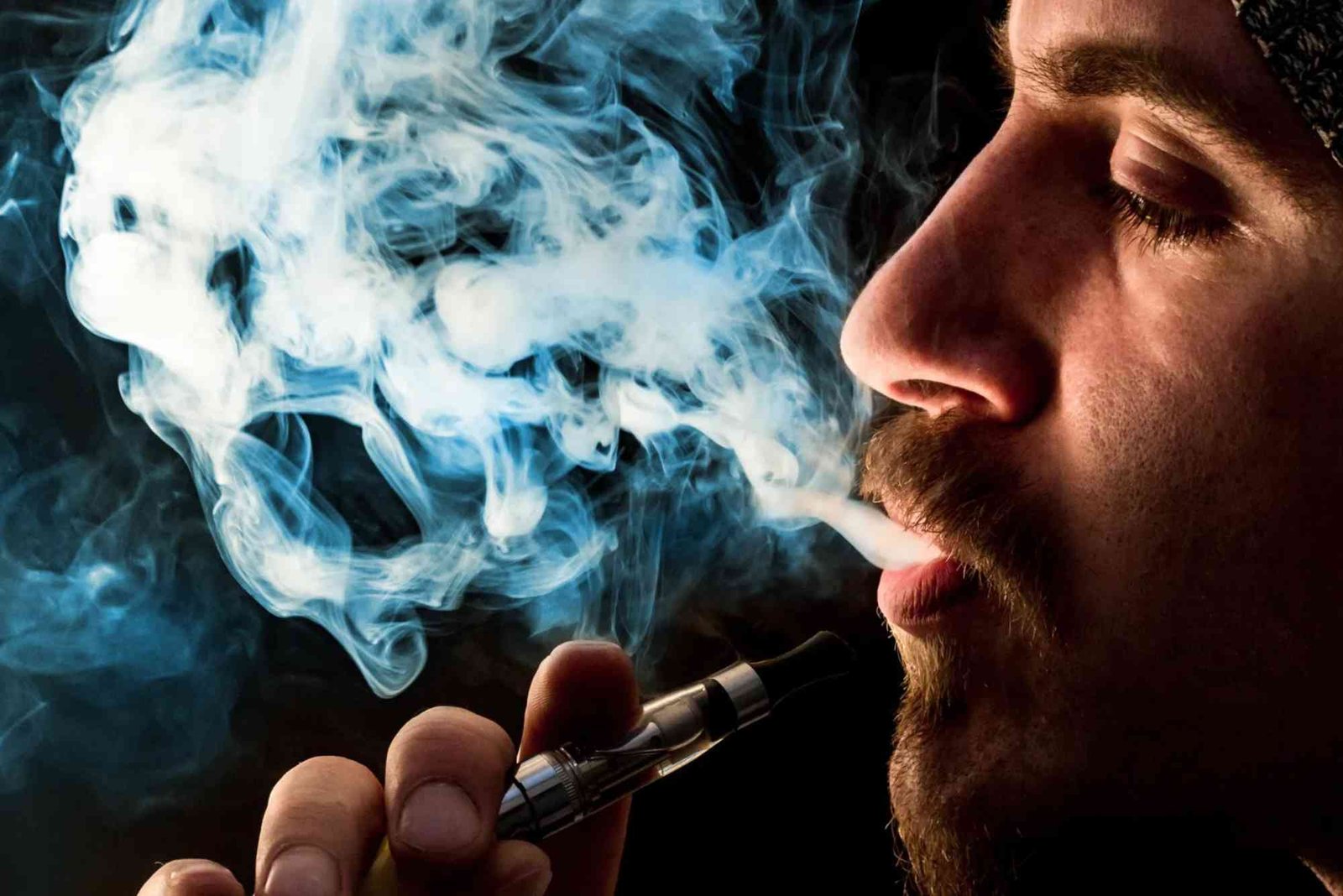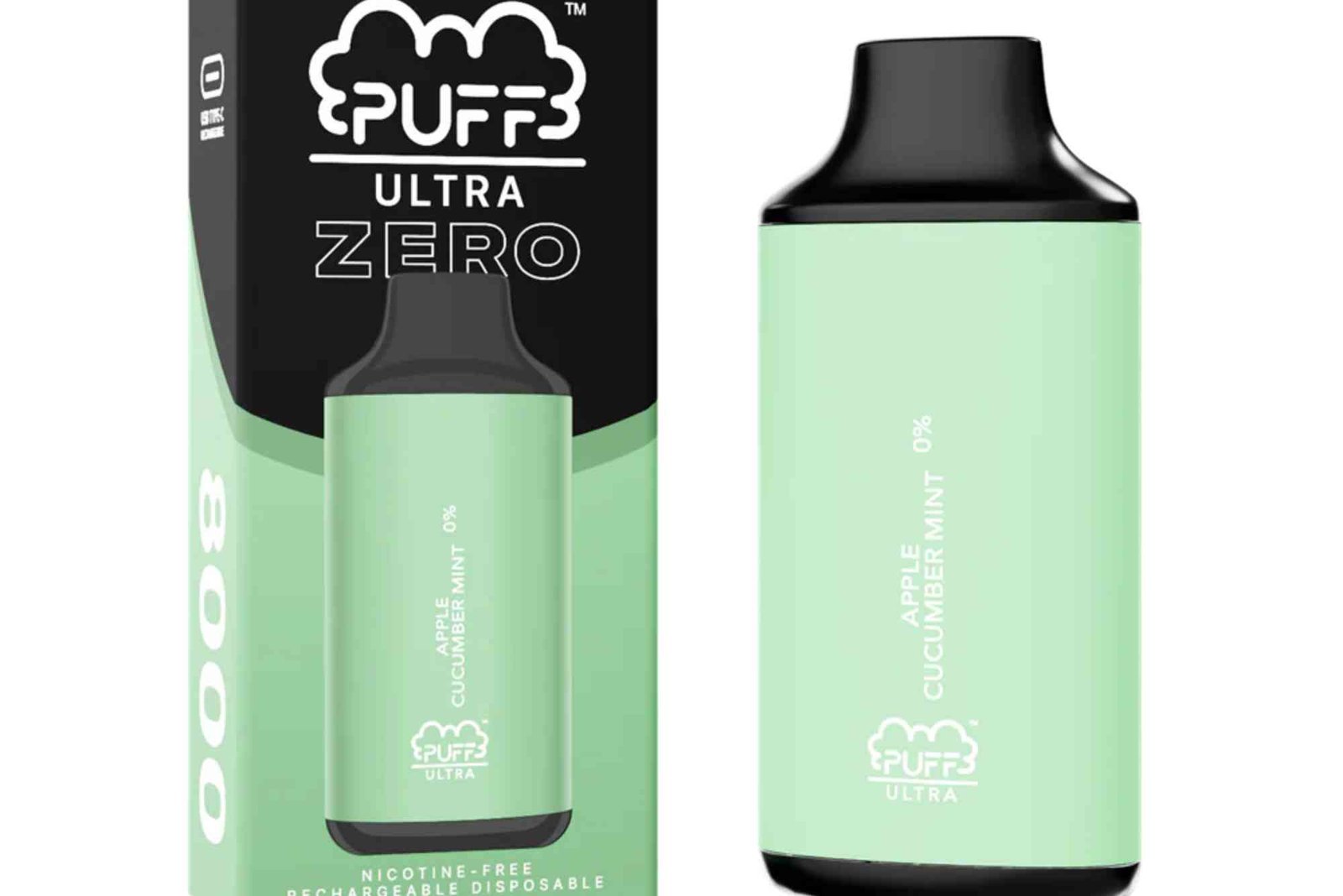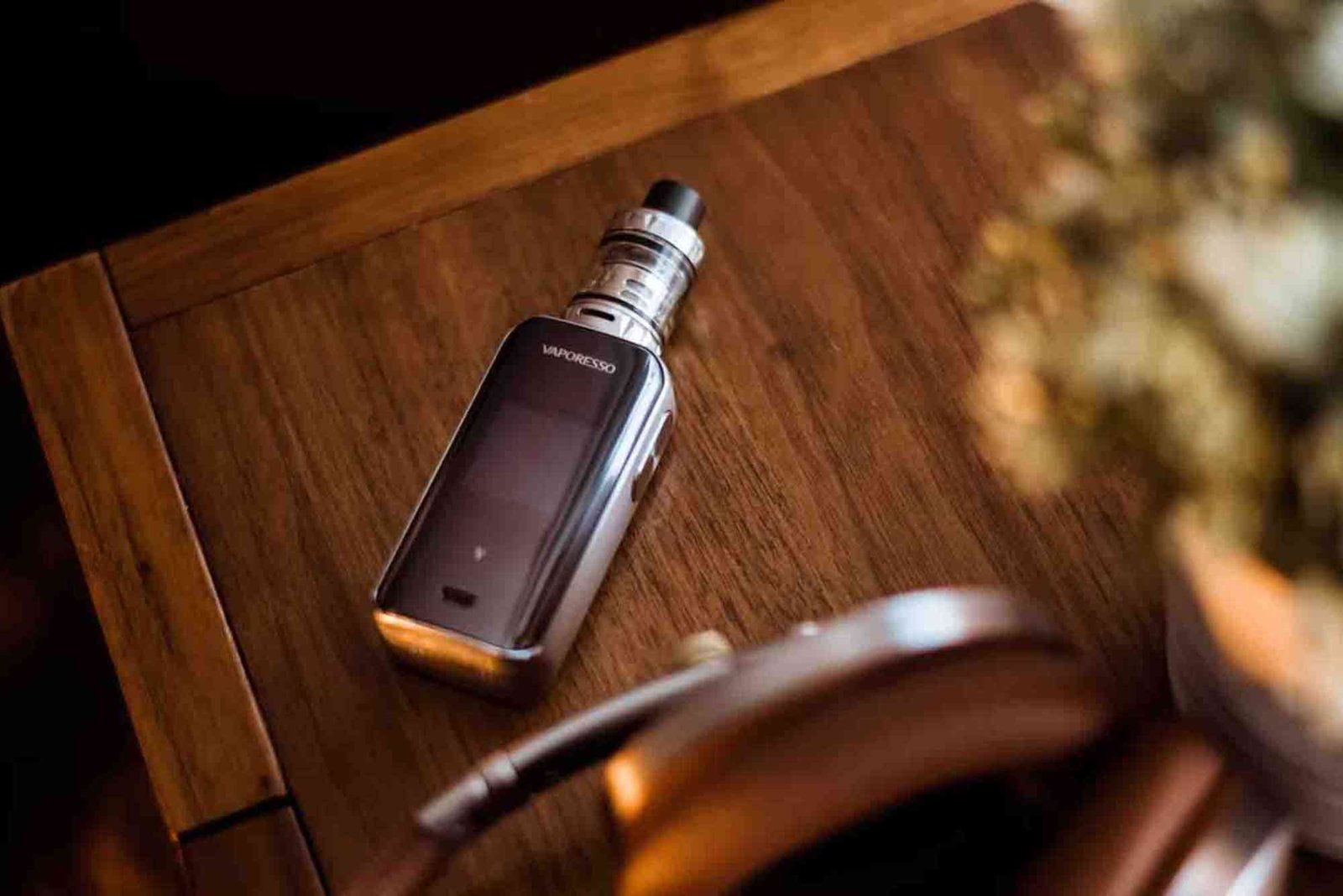The Future of Vaping: Trends to Watch
As we move into 2025, the vaping industry is undergoing rapid transformation. From advanced technologies to changing consumer preferences and global regulations, several vaping trends in 2025 are reshaping the future of this fast-evolving sector. Whether you’re a casual user, a vaping enthusiast, or a retailer, staying informed about these trends is key to adapting and thriving in the coming year.
In this article, we’ll explore what’s driving innovation in vaping, how the market is responding, and what changes you should expect in product design, health regulations, and user behavior.
The Rise of Smart Vaping Devices
Technology has always been at the heart of vaping, and 2025 is no exception. Vapers are increasingly turning to smart devices for more control, safety, and personalization.
Bluetooth-Enabled Vapes
One emerging trend is the rise of Bluetooth-connected vape devices. These tools allow users to monitor puff count, nicotine levels, and battery usage directly from a smartphone app. It also gives manufacturers insight into user behavior, helping them refine product design.
Temperature and Dose Control
Modern vapes in 2025 come with precise temperature and dose settings. These allow users to customize their experience while reducing the risks of overheating or overconsumption. This trend aligns with growing demand for safer, more transparent usage.
Shift Toward Nicotine Alternatives
Another significant development in vaping trends 2025 is the move toward non-nicotine and low-nicotine options. Health-conscious consumers and regulatory pressure are encouraging the use of alternatives.
Herbal and Vitamin Vaping
Herbal and vitamin-infused vaporizers are gaining traction. Instead of nicotine, these devices vaporize supplements like B12 or lavender oil. They appeal to wellness-minded consumers and are often marketed as a healthier option.
Synthetic Nicotine Products
Synthetic nicotine, which is lab-created rather than derived from tobacco, is increasingly used to bypass traditional tobacco regulations. This creates a gray area in law but allows manufacturers to innovate and offer new blends.
Stricter Global Regulations
Vaping in 2025 is not just about new tech — it’s also about navigating tougher rules. Governments worldwide are tightening restrictions on vape sales, marketing, and ingredients.
Flavor Bans and Packaging Laws
Many countries are enforcing bans on flavored vape juices to prevent teen usage. In the US, FDA regulations are expected to tighten, possibly removing even more flavored products from the market.
Plain packaging laws are also being introduced to make vape products less appealing. This means no logos, flashy colors, or flavor descriptions, especially in regions like Australia and parts of Europe.
Taxation and Licensing
Expect more countries to impose higher taxes on vape products, aligning them with traditional tobacco. Licensing laws are also becoming stricter for manufacturers and retailers, especially for online sales.
Sustainability and Eco-Friendly Design
Environmental awareness is playing a major role in shaping vaping trends 2025. Disposable vapes are under scrutiny due to their plastic and battery waste. In response, companies are creating sustainable solutions.
Refillable and Recyclable Options
There is a strong push toward refillable vape devices with recyclable components. Brands are also introducing return programs where users can send back used cartridges and devices.
Biodegradable Materials
Manufacturers are experimenting with biodegradable casings and packaging. While still in the early stages, this trend is gaining popularity among younger consumers who prioritize sustainability.
Personalization and Customization
Vapers in 2025 expect more control over their experience. From adjustable airflow to modular components, customization is a major theme.
Tailored E-Liquid Blends
Some online platforms now let users create their own e-liquid recipes — adjusting flavor profiles, PG/VG ratios, and nicotine strengths. This trend empowers consumers to match their exact preferences.
Modular Devices
Advanced vapes are being designed with swappable parts — tanks, coils, batteries — so users can build a device tailored to their style and needs. This modular approach also supports sustainability by reducing waste.
Vaping in the Metaverse and Digital Spaces
Believe it or not, vaping is making its way into the virtual world. While still niche, metaverse-based vape shops and experiences are growing in popularity.
Virtual Vape Lounges
Brands are hosting virtual reality vape sessions where users can explore new products or socialize in digital lounges. This bridges the gap between remote consumers and community engagement.
NFT and Digital Branding
Some companies are launching NFT-based loyalty programs, offering limited-edition devices or e-liquids tied to blockchain tokens. These programs attract tech-savvy users and collectors.
Medical and Therapeutic Applications
Beyond recreational use, the medical vaping segment is expanding. Vaping as a delivery system for therapeutic compounds is becoming more accepted by healthcare professionals.
CBD and THC Vaping
In legal regions, medical cannabis users are turning to vaping for precise dosage and faster relief. Devices in 2025 offer better temperature control to avoid burning therapeutic compounds.
Inhalable Medications
Pharmaceutical companies are exploring vaping as a method to deliver medications like insulin or anti-anxiety drugs. This research is still developing, but it points to a more clinical future for vaping.
Consumer Behavior and Market Shifts
Understanding how people vape is just as important as what they vape. User habits are evolving in 2025, reflecting generational shifts and new lifestyle priorities.
Gen Z Preferences
Gen Z is shaping the future of vaping. They prefer discreet, sleek devices with eco-conscious branding. This demographic also favors brands that promote wellness and ethical practices.
Global Market Expansion
Emerging markets like Southeast Asia, Africa, and Latin America are seeing rapid growth in vape adoption. Brands are expanding to meet demand, often adjusting products to local tastes and regulations.
What This Means for You
The future of vaping in 2025 is complex, fast-moving, and full of opportunity. From smart tech to new regulations, the industry is transforming. If you’re a consumer, retailer, or manufacturer, staying updated on vaping trends 2025 helps you make better decisions.
Keep an eye on innovation, push for sustainability, and be ready to adapt to changes in regulation and consumer behavior. The vaping landscape is shifting, and those who stay ahead will thrive.
Ready to upgrade your vape setup or explore sustainable options? Start by choosing smarter, safer products that align with your goals for 2025 and beyond.
Frequently Asked Questions (FAQs)
What is the latest trend in vaping for 2025?
Smart vapes with Bluetooth and temperature control are among the top trends. There’s also growing interest in herbal and vitamin vapes.
Are flavored vape juices being banned in 2025?
Yes, several countries are introducing or expanding flavor bans to reduce youth vaping. Always check local regulations before purchasing.
Will vapes become more eco-friendly?
Definitely. Many brands are developing refillable and recyclable devices, along with biodegradable packaging to reduce environmental impact.
Is synthetic nicotine safe?
Synthetic nicotine is chemically similar to natural nicotine. While it’s used to avoid tobacco regulations, research on long-term safety is still ongoing.
Can you vape vitamins or herbs?
Yes, but choose products from reputable brands. Vitamin vaping is growing, but it’s important to verify safety and ingredient quality.

